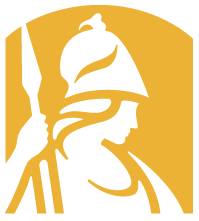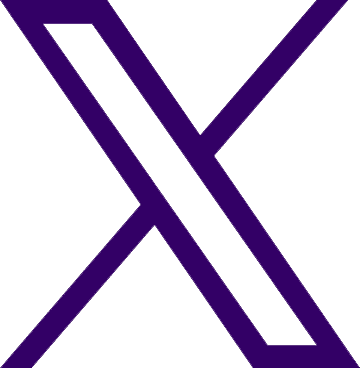5 Questions with Professor of Mathematics Antun Milas

ALBANY, N.Y. (Feb. 13, 2025) — UAlbany Professor of Mathematics and Statistics Antun Milas examines issues such as representation theory and modular forms.
In mathematics, modular forms refer to complex analytical functions that have been described in Quanta Magazine as capable of satisfying “symmetries so striking and elaborate that they shouldn’t be possible.”
“There are five fundamental operations in mathematics,” an apocryphal quote attributed to German number theorist Martin Eichler states. “Addition, subtraction, multiplication, division and modular forms.”
In fact, modular forms have become a critical component of graduate-level coursework in mathematics, overlapping into fields such as algebraic topology, sphere packing, string theory and complex analysis.
At UAlbany, Milas teaches courses on number theory and cyrpotography. His most recent research project, “Higher Depth in Representation Theory, Number Theory, and Quantum Topology,” was supported by the National Science Foundation (NSF).
How would you explain your field of research?
My research focuses on representation theory, specifically the representations of vertex algebras and Lie algebras. Vertex algebras, also known in some contexts as chiral algebras, are closely connected to two-dimensional conformal field theories in physics. I am also interested in various applications of vertex algebras and Lie algebras in algebra. combinatorics and number theory, including the theory of modular forms. These connections arise through the study of Hilbert series and characters of representation modules — essentially generating series of graded dimensions.
Why are modular forms considered to be such a fascinating subject for mathematicians?
In recent years, modular forms have become an increasingly popular area of research due to their numerous links to other fields, including algebraic topology, sphere packing, quantum topology, and even the physics of black holes.
You were recently honored for your work on modular forms. Can you tell us more about the funded research that led to the award?
Since 2008, I have been continuously funded by six external grants (three from the NSF, two from the Simons Foundation and one NSA Young Investigator Award, all as sole-PI), along with several NSF conference grants. My most recent NSF grant is focused on problems related to quantum modular forms and representation theory.
Quantum modular forms, a relatively new class of objects, first emerged in quantum topology but have since appeared in a variety of mathematical and physical contexts. This research direction was recently recognized at the 2024 ICBS Congress in Beijing, where I, along with K. Bringmann and K. Mahlburg, received a Frontiers of Science Award. Much of this work was inspired by problems arising from quantum field theory and quantum topology.
In a world where computers are becoming increasingly powerful, what role do you see for mathematics?
Although my work is purely theoretical, I believe it will have future applications in areas like quantum computing. At its core, quantum computing is algebraic, relying on finite-dimensional inner product spaces over the field of complex numbers.
Lie algebras, for example, play a role in quantum control, which may be relevant to quantum machine learning approaches. Additionally, Lie groups and Lie algebras appear in the study of equivariant neural networks.
How is the Department of Mathematics and Statistics helping to advance the University’s AI Plus initiative?
Our department has become a hub for the mathematical aspects of AI, making it a unique place to study data science. In addition to a strong research group in Topological Data Analysis and Machine Learning, we complement these applied areas with a robust presence in Algebra, Analysis, Probability, and Topology.
Thanks to recent hires, our program has grown significantly, further strengthening its research environment.




